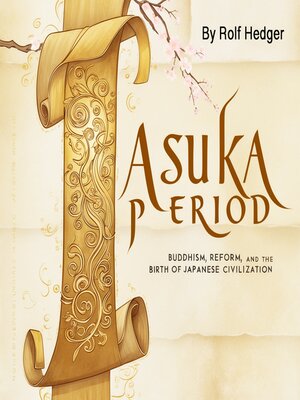Asuka Period
audiobook (Unabridged) ∣ Buddhism, Reform, and the Birth of Japanese Civilization
By Rolf Hedger

Sign up to save your library
With an OverDrive account, you can save your favorite libraries for at-a-glance information about availability. Find out more about OverDrive accounts.
Find this title in Libby, the library reading app by OverDrive.



Search for a digital library with this title
Title found at these libraries:
| Library Name | Distance |
|---|---|
| Loading... |
The Asuka Period (538–710) marks a pivotal era in Japan's history, serving as the transitional phase between the ancient Kofun Period and the Nara Period. This era is often considered the birthplace of Japanese civilization, a time when the political, religious, and cultural foundations of the nation began to take shape. It was during this period that Japan first came into direct contact with continental Asia, particularly through the introduction of Buddhism, the establishment of a centralized government, and the adoption of Chinese-style political and legal systems.
The early years of the Asuka Period were dominated by the Soga clan, who played a crucial role in the political and religious developments of the time. Their influence can be seen in their advocacy for the adoption of Buddhism, which arrived in Japan from Korea around the mid-sixth century. Buddhism's introduction, however, was met with resistance from the powerful native Shinto religious leaders and aristocracy, creating a conflict that would shape the religious landscape of Japan for centuries to come.
Despite early opposition, Buddhism gradually took hold in Japan. The Soga clan, with the support of the royal family, used Buddhism as a tool to consolidate power and gain legitimacy. By the late 6th century, the religion had become deeply integrated into the fabric of Japanese society, influencing not only spiritual practices but also politics, art, and culture.







